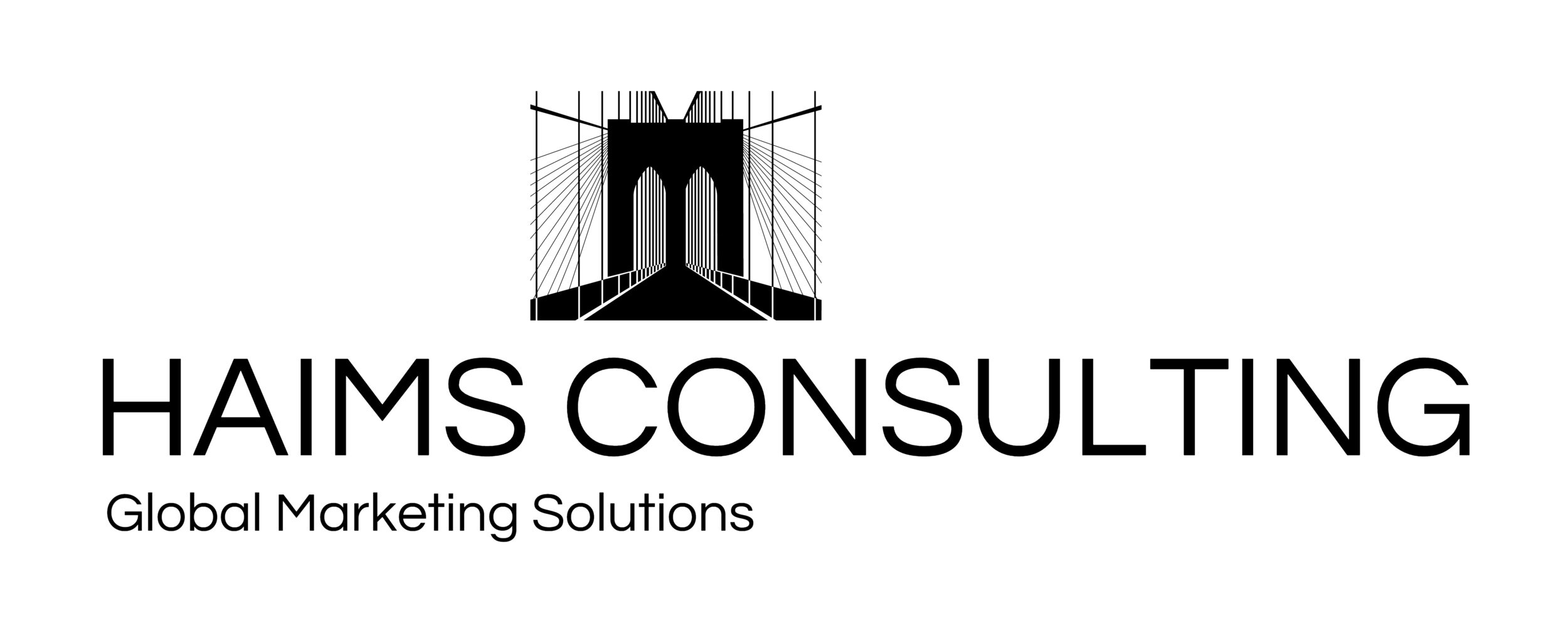Assets and their Complicated Relationships
If assets had to declare a relationship status with another asset, the status would be “it’s complicated.” This is how a marketer relates to content and how a lawyer views usage rights. However, we still hear the statement “garbage in, garbage out” pertaining to database requirements. Of course, people who know me know that I am on a personal quest to eradicate that phrase from our industry lexicon. It may help if we delve into the complex family that your DAM is made of to shed light on how assets live together.
Assets and their Relations
We have often heard of assets having parents, sisters, brothers, and cousins. We also refer to groups and bundles. The reality is assets can be sliced, diced, picked apart and put back together again.
Assets = Information
We often think of databases as repositories where assets reside. So, what are these “assets?” Are they something physical or digital? Are they simply images? Assets are quite magical in that they don’t necessarily require a physical form. Assets are clients, events, finances, physical objects, grouped information or simply a reference to a legal agreement. Look at assets as something philosophical. If you have information to store, it is an asset.
Living assets
Digital asset managers, system administrators, developers, and engineers are tasked with the enormous undertaking of taking whatever information needs to be housed and making a home for it that is simple and secure. This storage facility needs to allow the users to pull out what they need, know how to use it, track it, and have it approved by all sorts of people. Individual employees have personal relationships with assets and assets can be related across content types and exploited amongst several projects. Rarely are these a one-time only engagement where there are no rules to be applied.
Dead assets
History is an important part of any organization but when you look forward, you forget to look backward until lawsuits, audits, or preventing repetition issues come up. Have respect for the dead assets as you do for your live assets. If you delete your history, you are doomed to repeat it. Access to information can always be limited. Think of it as an asset afterlife.
Asset counseling
For assets to live together in harmony, respect their need to freely travel across content types and lifecycles. This applies to all businesses; DAMs and B2Bs alike. View how your assets live amongst each-other and expect to see lots of variety. Here is a marketing example: The campaign contains several third-party assets and each have a different expiration date and each exist in different resolutions for print versus web deliverables. Your DAM houses the high and low res art as well as all the clearance info. Do we separate assets by resolution or rights owner? Do we have different rules for print versus web? Do we want to track the creative concept as a single entity? Now we can start to see how complex these relationships can be.
How about a finance example? You are an account manager and manage several project budgets. One or more of your vendors are hired to work for multiple projects and one such vendor drops the ball on one of the projects so you decide to fire them. Do you fire them from all projects? Do you decide never to work with them again? The bad vendor has relationships to other vendors they work with as well as other projects they are hired on.
Asset police
Earlier we referenced limiting asset access but there are also approvals to consider. Vendors, budgets, imagery, all need approval individually as well as by each instance. You shot beautiful photos last year that you want to repurpose them for another creative concept. Perhaps the photographer only granted you the rights to use the photos for a singular campaign or one of the models must be contacted for every use. Here our images, photographer, and model all have relationships with one another and across where they are exploited.
Peaceful cohabitation
If we rewire our thinking of how assets relate to one another, we gain the clarity that can assist with building comprehensive tools that not only benefit your organization but the usability amongst more users. DAMs are not a place where assets are simply resigned to reside and they are not just objects that live for one purpose. Assets are rich with complexity and their relationships are as complex as the humans who utilize them.
